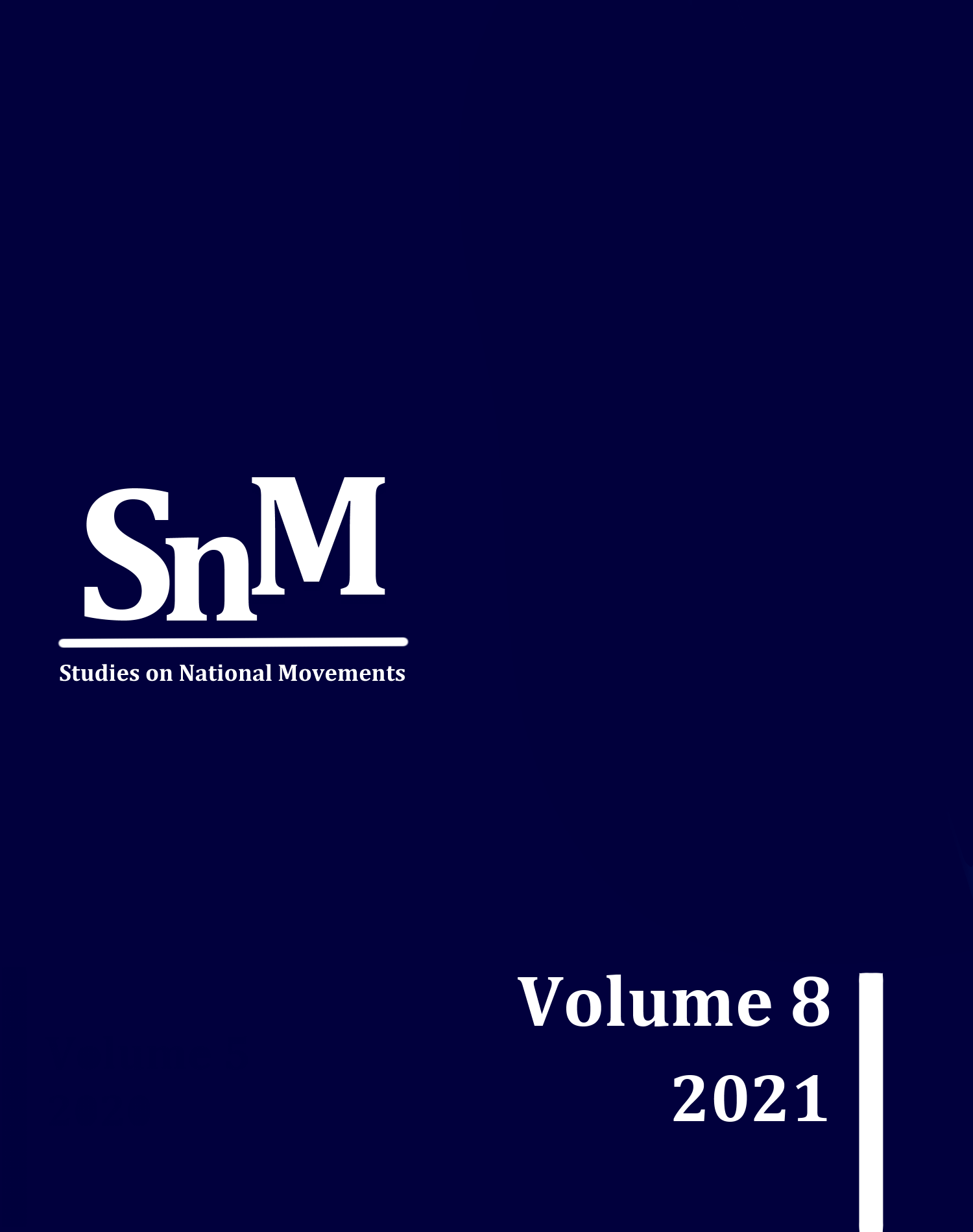Scholars and the reframing of Europe: the complex relationship between language, race and nation during the Great War
Keywords:
World War I , new states, making borders, language, raceAbstract
Delegates attending the Paris Peace Conference in 1919 were given the arduous task of establishing the terms of the peace after WW1, including the criteria by which to determine the boundaries of new states emerging from the collapse of the old multinational empires. Given that U.S. President Woodrow Wilson had laid so much emphasis on the principle of ‘self-determination’, language was considered by many as the best element to establish nationality in ethnically mixed territories. A legacy of the nineteenth century, the apparently straightforward identification between language and nation was nevertheless complicated by pervasive ideas about race, as the taxonomies of language and race became increasingly entangled.
By presenting selected works by two scholars – Leon Dominian, a geographer, and Antoine Meillet, a linguist –, this paper analyses the main and most widespread arguments propounded in support of the identification between language and nation during the Great War. It also explains why this principle turned out to be exceedingly problematic at the time of the redrawing the political map of Europe, and how the ambiguous relationship between language and race persisted during the early years of twentieth century.
Published
How to Cite
Issue
Section
Copyright (c) 2021 Francesca Zantedeschi

This work is licensed under a Creative Commons Attribution 4.0 International License.
Authors who publish with this journal agree to the following terms:
- Authors retain copyright and grant the journal right of first publication with the work simultaneously licensed under a Creative Commons Attribution License that allows others to share the work with an acknowledgement of the work's authorship and initial publication in this journal.
- Authors are able to enter into separate, additional contractual arrangements for the non-exclusive distribution of the journal's published version of the work (e.g., post it to an institutional repository or publish it in a book), with an acknowledgement of its initial publication in this journal.
- Authors are permitted and encouraged to post their work online (e.g., in institutional repositories or on their website) prior to and during the submission process, as it can lead to productive exchanges, as well as earlier and greater citation of published work (See The Effect of Open Access).

